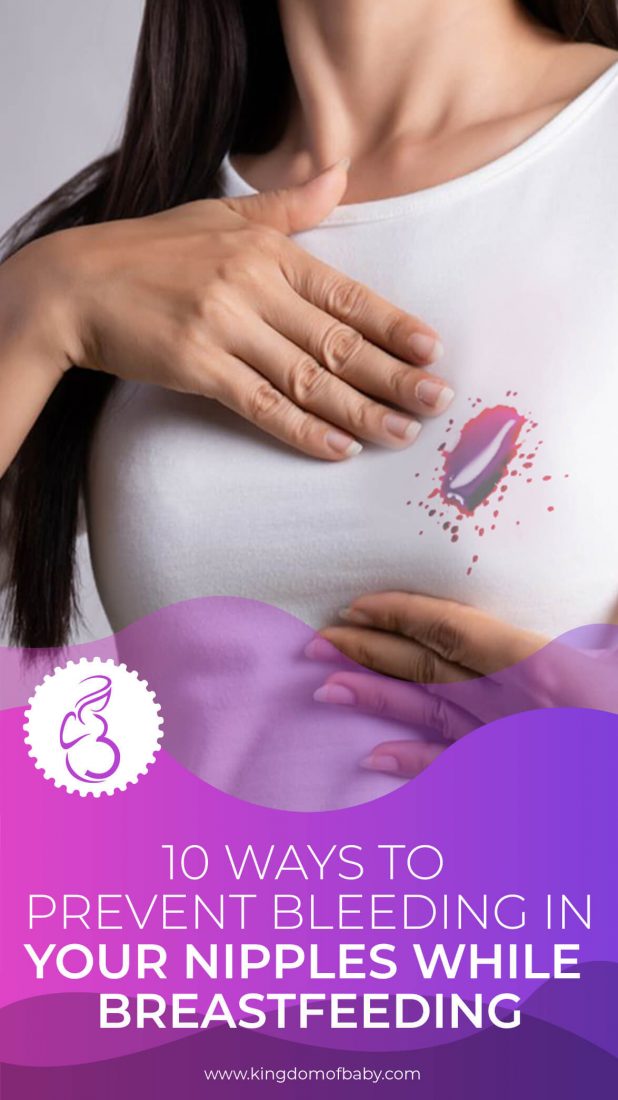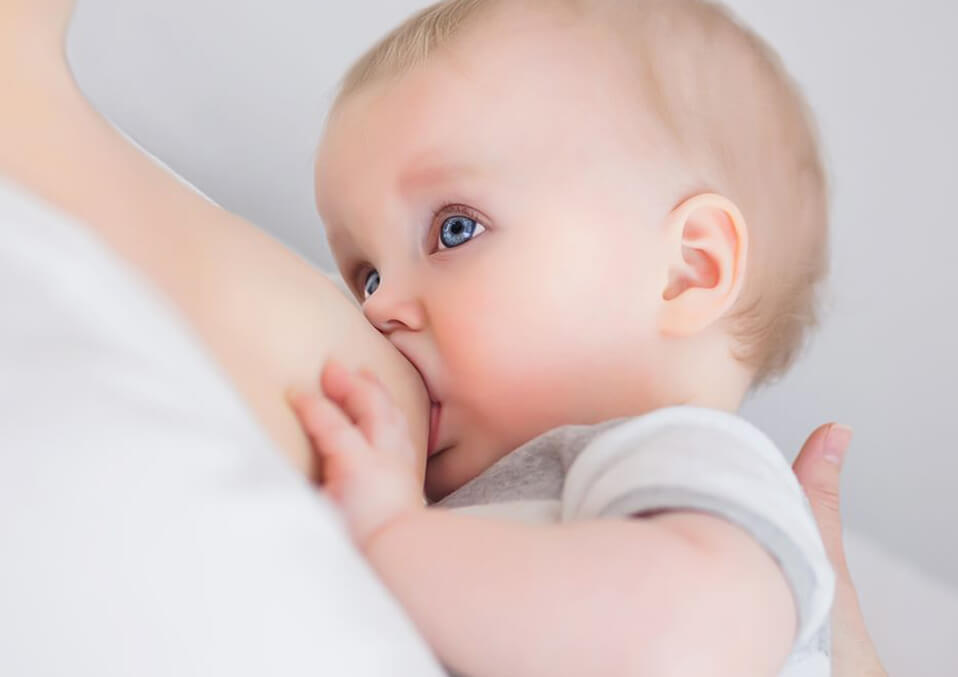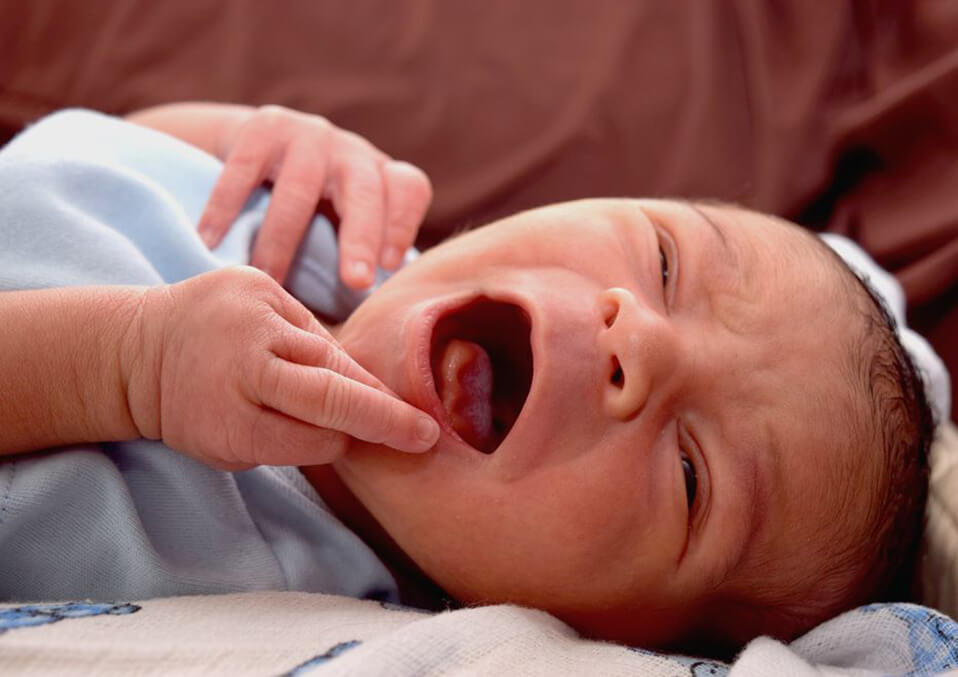
Sore and bleeding of nipples are usually caused by breastfeeding. It happens when the baby is not profoundly putting the nipple in her mouth. Breastfeeding will be much comfortable if the entire nipple and part of the breast will go deep to the baby’s mouth. A good latch happens with the baby latches on with his head tipped a little back for his chin to press in the mother’s breast and his nose away from the breast. Typically, you also need to make adjustments when positioning the baby that works best for both of you because every breast and every baby is different.
How to prevent nipple soreness

1. Allow the baby to latch by himself
Humans have innate breastfeeding abilities. Babies are capable of finding the breast and latch with minimal help from the mother. The mother’s role is to provide support to the baby to latch comfortably. A comfortable position is a semi-reclining position that puts the baby tummy down to mom’s body, then the baby’s head near her breast while the baby can quickly orient independently by bobbing the head and moving towards the breast to latch. It will take time on the first attempt, but the result is effective and pain-free.
2. Proper positioning is the key to help your baby
There are babies that find difficulties of self-attaching. If you are in a sitting-up position during the breastfeeding, make sure that the baby is tucking close to you (tummy-to-tummy) and your supporting hand and arm is correctly placed behind the baby’s shoulders and not in the head. In this way, the baby can tip her head back and bring the chin into your breast quickly. Make sure the nipple is pointed towards her nose because when he opens wide and tilts his head back, it will perfectly slide deep to the roof of the mouth.
3. Do not stop the latching when you want to move and adjust the position

When the baby is latching, and you feel hurt, then something is not right. Some old tales will advise you to stick a finger at the mouth of the baby, unlatch and start again. The difficulty with this approach is you are making the baby frustrated. When they get frustrated, they stop latching or refuse to latch. Sometimes they clamp doe on the nipple which will be more painful. The event will lead to more damage to your nipple. The best way of doing it is to try adjusting the baby’s position without forcing to stop the latch from making the rest of the feeding comfortable. You can also press a little the baby’s shoulder to make him closer and allow the tip of his head back a bit.
4. Observe and be proactive in early hunger cues
Of course, mothers would like to make space feeding to ease the pain. But a starving baby does not have enough patience. A hungry little one will grab at your nipple that will cause you pain. The feeding of the baby every time you observe indications of hunger will make it easier for you and the baby to have smooth and relaxed feeding.
5. There are other causes of sore nipples

Development of thrust, which is a yeast infection at the skin of the nipple that can also be a risk that it can come inside the mouth of the baby. It is also plausible that there will be a bacterial infection in the milk ducts. Often a tiny white blister at the end of the nipple which is called a nipple bleb is typically happening. There is also a condition that the nipple is turning white every after a feeding that also causes pain with blood that flows back which is called the Raynaud’s syndrome. Any apparent problems, it will be best to check with your doctor.
6. Baby is tongue-tie

Check if your baby has tongue-tie because it makes the baby unable to lift the tongue. A baby with tongue-tie will have the difficulty of moving forward and fully extract the milk from the breast. There is a trend that the baby will push the nipple up with her tongue and pressing it against her palate as she latches and this can cause pain and damage of the nipple. Check out if the baby sticks her tongue out past the bottom lip and if she lifter her tongue to the top of her mouth when crying. Medical attention can be provided by the doctor when needed.
7. Use of nipple shields
A nipple shield is a support that can protect your nipples from soring during feeding. However, it can sometimes cause problems. Nipple shields are like bottle nipples that are made of thin silicone and placed over the mother’s nipple. There are cases that the baby doesn’t latch well with a nipple shield which may result in difficulty of feeding the baby. Consider nipple shields as an alternative solution but can be the last resort if all ways do not work.
8.The mother’s milk itself can naturally heal a cracked, blistered and bleeding nipples
You can take a little amount of you milk and wipe smoothly in the nipple and let it air-dry. Some will recommend you to use lanolin cream, which you need to be cautious because creams can encourage the growth of thrush. If you use ointment cream, make sure that it came from the doctor’s prescription. There are also over-the-counter pain relievers. Even some practice the application of ice pack before feeding the baby to numb the nipples sometimes work well.
9. Allow air and space those nipples out
Anything that touches a nipple that has sore and damage can be excruciating. You may use a breast shell to protect the nipples from touching the bra. But it will be much better if you expose the nipple to air and stay dry and heal if you will be at home.
10. Don’t be afraid to seek help
Breastfeeding should not be hurting you. If the tips above do not give relief, then its time to seek out advice from the breastfeeding experts.
Read also:
- Overactive letdown during pregnancy
- How to increase breast milk production
- Why babies are making noises while breastfeeding


